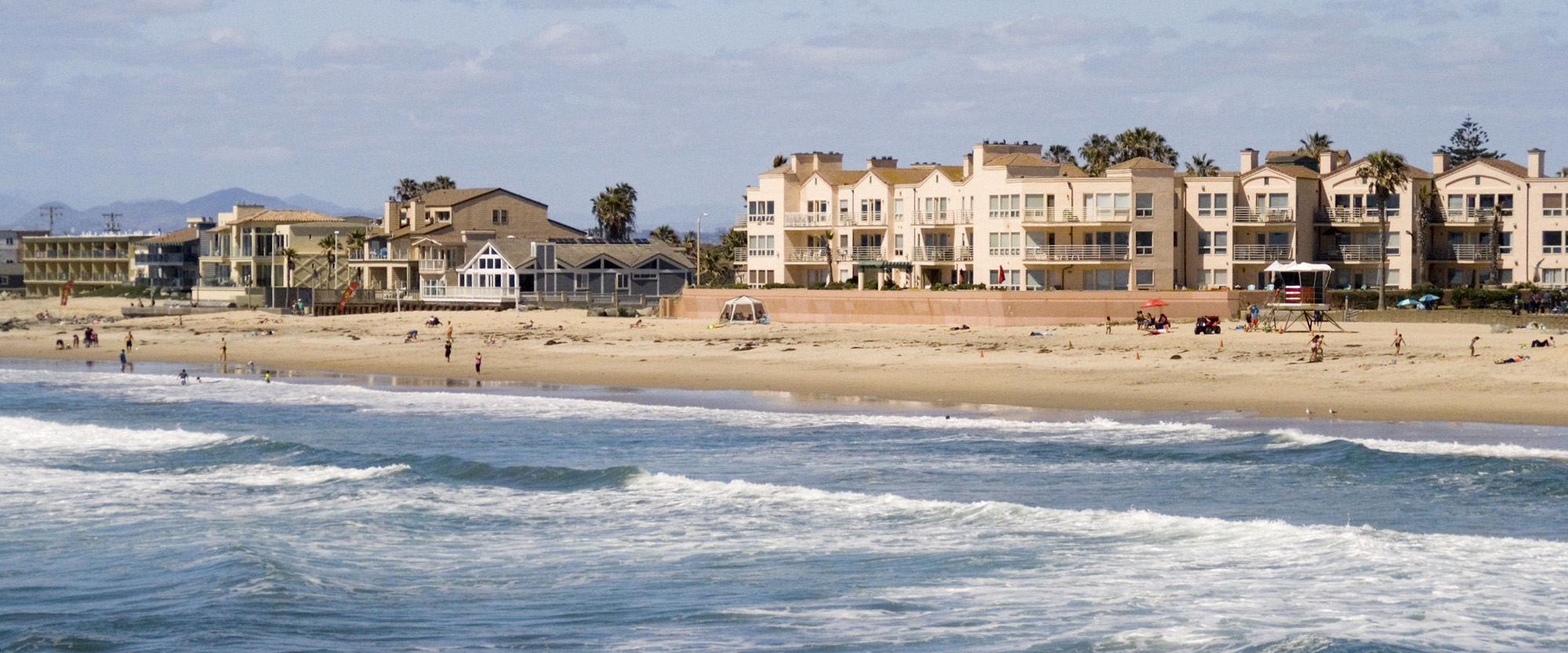I was running on fumes, some combination of coffee buzz and adrenaline, when I took my seat at the opening session of a conference called “At What Point Managed Retreat? Resilience Building in the Coastal Zone.” I’d taken a red-eye from Sacramento to New York City to attend this three-day event and was excited, but exhausted.
What is “managed retreat”?
The topic of managed retreat consistently comes up in my work on state sea-level rise policy as a California Sea Grant State Fellow at the California Ocean Protection Council. It involves the planned movement of people and development away from coastal and low-lying areas that will be affected by the confluence of two climate change impacts: sea-level rise and increased storm intensity and frequency. Managed retreat is one of many adaptation strategies communities can employ and it has great potential to protect life, property, and coastal ecosystems people care about.
However, planning for and implementing this strategy requires intensive collaborative problem solving. Coastal communities will have to grapple with questions of land-use, legal precedents, policy gaps, social strains, economics, and other interconnected factors.
These factors cannot be untangled and addressed by climate science alone, that’s why Columbia University’s Earth Institute brought together people from a diverse set of backgrounds and disciplines to talk through the environmental, economic, cultural, legal, and social implications of managed retreat.

A sea change in approaching coastal adaptation
At the conference, the buzz of energy in the room and the impassioned opening remarks of the introductory panel cut through my fog of sleep deprivation and jet-lag. The speakers held nothing back and began by questioning the term “managed retreat.” Managed by whom? Retreat to where? For what goals? With what end results and for whom? They underscored not only the need for adaptation actions, but the need to do so in a just way, especially with support to front-line communities who have faced historical racism and inequity that placed (or pushed) people into harm’s way on the floodplains and low-lying areas of our coasts.
This panel teed up our work together for the remainder of the week. Concepts of social justice and community empowerment became touchstones to return to when speakers got in the weeds about economic trends and scientific measurements.

I took notes furiously over the next three days and collected a stack of business cards an inch thick. Many sessions at the sold-out conference were standing-room only or had to be live-streamed into overflow rooms. The hallways whirred with conversation, ideas flowing and experiences being shared.
From just one conference, we didn’t solve sea-level rise or balance all of the trade-offs of managed retreat. However, the attendees hit upon some key themes for future work and collaboration across disciplines.

My take-aways:
- Words matter. How we talk about climate solutions can be inclusive, or exclusive, to certain individuals and groups. Phrases like “community relocation” can evoke a more bottom-up approach compared to “managed retreat” which implies top-down decision making and governance.
- Solutions need to be local. Community members and coastal resource users are on the front lines. They feel the climate impacts and are the ones that will implement adaptation actions. Additionally, they have historical, social, and site-specific knowledges that are essential at all phases of adaptation.
- Impacts are not felt equally. Social justice and equity are important components of sea-level rise adaptation and need to be included at all planning and implementation phases. Often the people most vulnerable are those who have been/are subject to segregation, marginalization, environmental degradation, and economic subjugation.
- Advance in a different direction. Instead of just focusing on the loss from sea-level rise, highlight what can be gained from adaptation – safety, space for habitat, opportunities for long-term resilience, etc.
- Money is a problem. There is a general lack of information on the value of losses caused by sea-level rise, the cost-benefit of implementing various adaptation strategies over time, as well as murkiness on how adaptation can be funded.
It’s difficult to grapple with the big shifts that we, as a society, need to make in order to protect the people and things we love from climate impacts. But it was transformative to be surrounded by so many enthusiastic, clear-eyed, and open-hearted people working diligently on this problem.
Written by Allison Kellum




